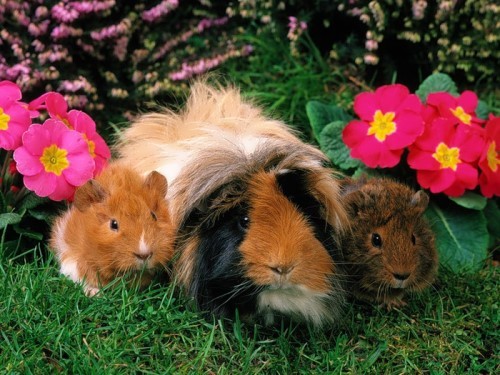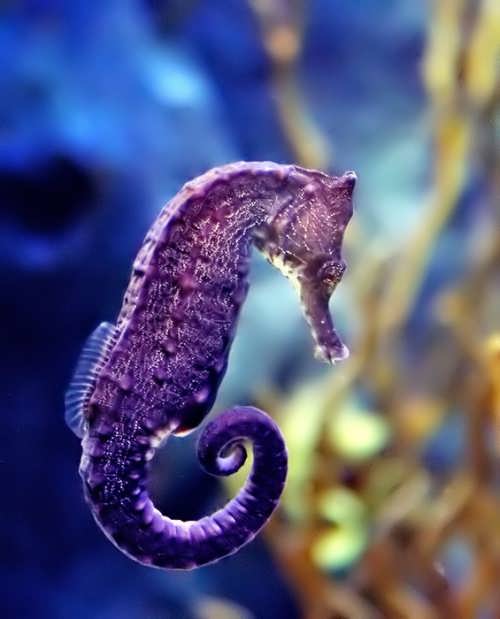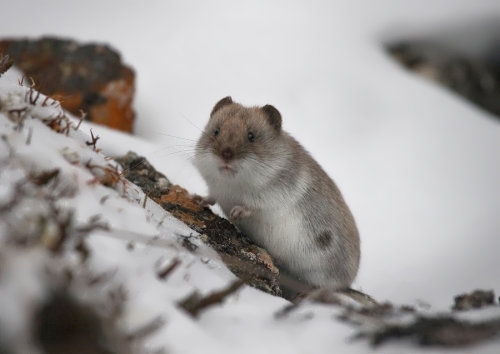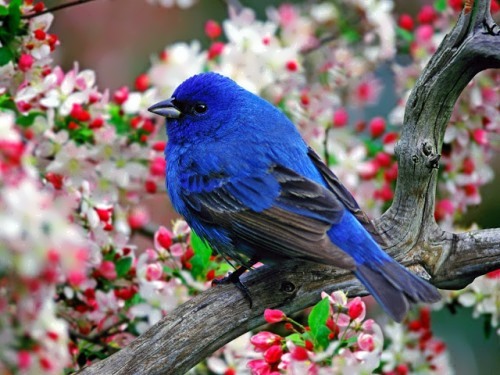Cute guinea pigs
Guinea pigs are about 20 species of rodents in the family Caviidae. Guinea pigs naturally live in South America, from Colombia and Venezuela in the north, to Brazil and northern Argentina. These animals live in rocky habitats, savannas, forest edges, and swamps. Guinea pigs have a stout body, with a relatively large head, short limbs and ears, and a short tail. The front feet have four toes and the back feet have three. Each toe ends in a sharp claw.
Guinea pigs weigh 450-700 g and have a body length of 22-36 cm.
The fur of wild guinea pigs is coarse, long, dense, and generally brown or grayish. Some domestic guinea pigs are a combination of colors.
Wild guinea pigs spend the day in burrows and at night they come out to eat grass and leaves. They live in small groups of several to ten individuals.
More »






